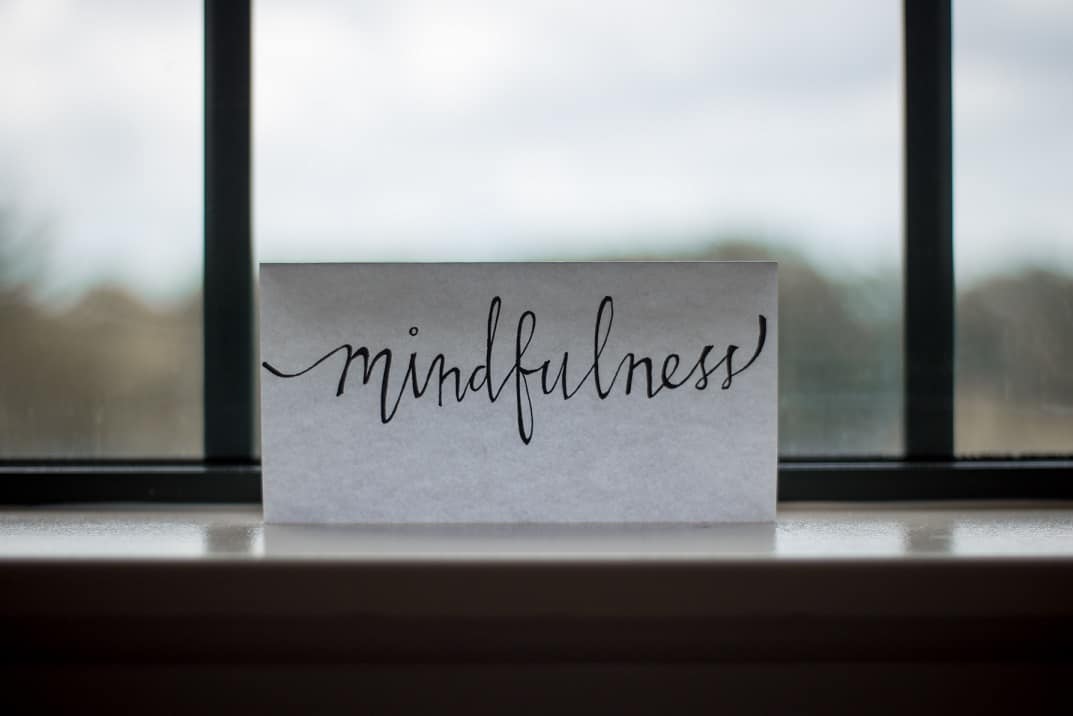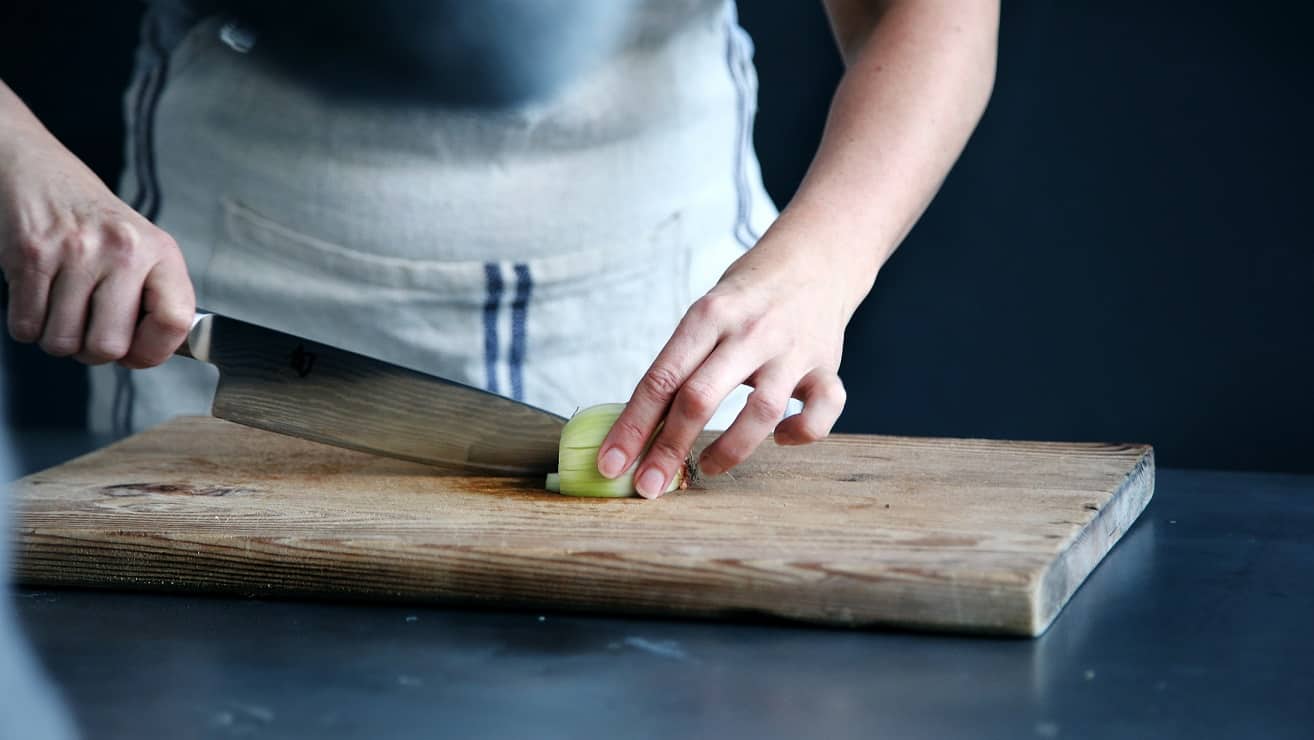People who are not happy with their weight typically spend a lot of time thinking about food when there is no food in front of them. Equally typically, when there is food in front of them, they think of anything and everything but the food, and eat it very quickly without pausing to savour the flavours and enjoy the textures of the food, or to consider to what extent it may be satisfying their hunger. One of the ways to take back control of our eating habits is to eat Mindfully.

This starts from the point of preparing meals and thinking about what to eat and how to prepare it, through the preparation and cooking and also during the eating and washing and tidying up afterwards. Attention can be given to both quality and quantity of food, and how it changes (and we change) through the process of preparation and cooking. Calibration is the key skill here: taking notice of what is happening in a curious rather than a judgmental way and exploring different ways of relating and interacting with our hunger and our food. Mindful awareness.
Mindful awareness can be both internally and externally directed. Internally to our own feelings, emotions, ideas, intentions and thoughts, and externally, to what is happening around us, and how we may influence and respond to it. Flexibility is the key. Be experimental. Notice and measure hunger. Never get to “starving”, or “stuffed”. Eat when hungry (but not too hungry). Eat slowly. Slow everything right down. Twenty slow chews for each mouthful. No distractions. Sit at a table. No TV. No radio. No music. No paper or magazine. Just you and your nourishment.

Put your knife and fork or spoon down between each mouthful. Chew slowly, several more times than usual. Note the qualities of what you are taking in: the texture, the temperature, the flavours. Drink some water with your food. Ideally no alcohol at mealtimes as a general rule.
When hunger has passed, stop eating. Even if still have a lot of food on your plate. Put it in the fridge, or better, in the bin. It was wasted before it arrived on your plate. The extra either goes in the bin or on you somewhere you would rather not have it. This way you get to choose. Quickly you learn to eat smaller portions of tasty and nutritious food. Make sure you have healthy snacks available, so if you become hungry soon after eating, you can eat a small snack and keep comfortable.
This ‘solo-eating’ all sounds a bit anti-social, but it works. There is a paradox here. We are a social animal and enjoy eating communally. The word companion derives from the Greek: com-panos: with bread: a companion being someone you break bread with. This does in fact have health benefits and tends to modulate eating behaviour. It is well known that people with eating disorders generally eat alone and are very secretive about what they are and are not eating and drinking, and their other behaviours around food. It is important to eat in company and can be challenging to do so Mindfully.
However, the conversation usually tends to stop when the food arrives, so with a bit of application it is possible to eat Mindfully and be sociable at the same time.
The pattern I have described above is an informal Mindfulness practice. It is opportunistic. You happen to be preparing a meal, or eating, or tidying-up afterwards, and can always choose to do it Mindfully. As the old saying goes: “Pay attention or pay with pain.”
A useful Mindfulness-based exercise, which can be used whenever you realise that you are struggling with temptation, or, indeed, in most difficult situations, is to remember the acronym: “STOP”.
S – stands for “stop”. Just hold on a minute before proceeding.
T – Take some breaths. Take your attention down deep into your abdomen and breathe to there. Just a few of these breaths, even one, may be enough to bring you back to your centre, your strength.
O – Observe. What is going on? What are your options? Identify several. Take some more time to think them through. The obvious one may not lead to the best outcome in the medium or long-term, although it may appear immediately attractive.
P – Pick an option and proceed. Do it and see what happens. If the result is good, so be it. If the outcome is not what you hoped for, STOP, pick yourself up, give yourself a pat on the back for having a go, take some breaths and recover your centre and strength, forgive yourself and pick another option to explore, and give that a go. The motivation is in the doing. Have fun!

